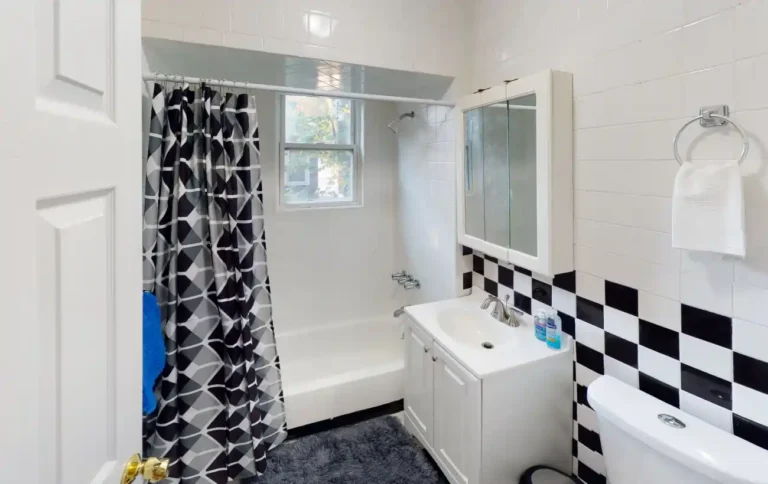
Call us now if you have questions about what halfway houses offer or if someone close needs help transitioning into one. You can also speak with your doctor or healthcare professional for referrals to nearby addiction treatment providers and support services for addiction treatment. Many halfway houses also require that residents maintain a job or continue actively going to school. Halfway houses offer a dorm-like setting, while sober homes are in quiet residential areas and focus more on independent living. Halfway houses provide people in recovery with an alcohol and drug-free environment to continue to focus on their early sobriety.

Support Groups

In California, halfway houses are not required to be licensed by the DHCS 2, but are subject to other permits and regulations. At Ocean Recovery, we have relationships with some of the best sober living homes in the area and can help place you in the facility that is the best fit for your needs and goals. Many people choose to live at a halfway house to maximize their time in a recovery environment and to keep themselves strong on their path towards healing.

Residential Reentry Centers After Incarceration
These facilities work with corrections departments to house individuals leaving incarceration, often as a condition of parole or other post-release supervision or housing plan. Our state-specific resource guides offer a comprehensive overview of drug and alcohol addiction treatment options available in your area. Sober living homes are not for everyone, but if you think it might be right for you or a loved one, reach out to your doctor or therapist to see if they’re able to recommend one for you.
SMART Recovery vs. A.A. – Is One Better?
The focus of the facility may vary depending on the needs of the population being served. Many halfway houses have staff available around the clock to provide support and monitoring for the residents. Staff may include professionals trained in addiction counseling or security personnel that ensures residents are complying with the rules and regulations of the home. Those who live in halfway houses are expected to comply with the rules and expectations of the house. Those who live in sober homes are typically free to leave at any time.
You’ll be expected to follow a daily schedule, which includes tasks like cleaning chores and attending group meetings. Contact us today for more information about this critical step toward sustained recovery. Typically, as long as you follow the rules, you may live in the home for as long as you want. American Addiction Centers (AAC) is committed to delivering original, truthful, accurate, unbiased, and medically current information. We strive to create content that is clear, concise, and easy to understand. This is why it’s important to consult your doctor to find the right treatment method for your needs.
Life After Rehab
All visitors need to be at least 18 years old and show proper identification. Minors are permitted to visit the halfway house as long as they are accompanied by an adult (either a parent or a guardian). In this article, we’ll go through the different halfway house rules and regulations. Some halfway houses also require residents to work or seek gainful employment during their stay. To support persons in recovery by improving their access to safe, stable residences with peer and community support.
Since states have overwhelmingly failed to protect incarcerated people in jails and prisons, the outlook for halfway houses is bleak. These woeful inadequacies are indicative of a larger systemic failure of halfway house oversight that often results in deeply problematic conditions for residents. Too often, audits are only conducted after what is a halfway house journalists report on the ways specific halfway houses are failing residents, rather than government correctional agencies doing proper oversight on their own. One reason that we know more about federal than state-level halfway houses has to do with the contracting process.
- Sometimes known as “sober living houses,” they’re a transitional living facility for those in recovery from drug and alcohol abuse.
- Halfway houses offer a safe and drug-free environment for individuals in recovery to maintain sobriety.
- It should not be used in place of the advice of your physician or other qualified healthcare providers.
Questions about treatment options?
- In some halfway houses, residents may attend job fairs and work outside of the house by traveling via public transportation to fulfill their necessary financial responsibilities.
- When someone is newly out of an addiction treatment program, they can encounter various obstacles and stressors that put their sobriety at risk.
- Depending on the halfway house, a facility’s personnel may consist of house managers, licensed medical and mental health specialists, or peer support.
- However, there are significant differences between halfway houses, sober homes, and rehab centers.
Instead, these facilities refer residents to contracted treatment providers. A halfway house is a sober living facility intended to be a transitional environment for recovering addicts. Unlike rehab, halfway houses provide structure and support without ongoing addiction treatment. Halfway houses offer a safe and drug-free environment for individuals in recovery to maintain sobriety. While residing here, residents receive extra treatment services, such as attending support groups and learning essential life skills to prepare for their future.
Unlike leaving treatment against medical advice (AMA), leaving a halfway house can bring significant consequences. For those placed there after being released from prison, halfway home confinement has strict rules. If you run away from a halfway house, this is regarded as an “escape” that could carry the same felony charges as breaking out of prison.

Legutóbbi hozzászólások